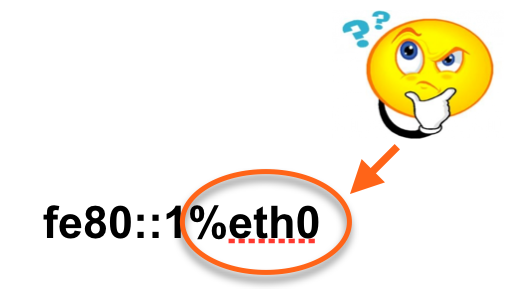

Getting full JS autocompletion under Sublime Text. C++ - expected primary-expression before ' '. And still though, I think having the host appear in /etc/hosts with a bad ipv4 address when you don't have ipv4 enabled would still give you the result you are looking for which is for it to fail, instead of looking up the real DNS of say, and getting back either a v4 or v6 IP. I'd be really surprised if that was the case, though. "127" IPs will attempt to hit your own computer, and any other IP will cause a request to be sent to the router to try to route it, but for 0.0.0.0 there's nowhere to even send a request to.Īll that being said, having any IP listed in your hosts file for the domain to be blocked is sufficient, and you wouldn't need or want to also put an ipv6 address in your hosts file unless - possibly - you don't have ipv4 enabled at all. This is in comparison to using 127.0.0.1 in that place, where it will at least check to see if your own computer is listening on the requested port 80 before failing with 'connection refused.' Either of those addresses being used in the hosts file for the domain will stop any requests from being attempted over the actual network, but 0.0.0.0 has gained favor because it's more 'optimal' for the above reason. it is the entire IPv6 address space!įor more information, read the Wikipedia pages on IPv4 & IPv6 addresses, and CIDR notation:įor use in a /etc/hosts file as a simple ad blocking technique to cause a domain to fail to resolve, the 0.0.0.0 address has been widely used because it causes the request to immediately fail without even trying, because it's not a valid or routable address. This gives a network range with 2 128 addresses in it. This gives a network range with exactly one address in it. the set of addresses formed by ignoring the bits masked out of the given address. The two together specify a range of addresses i.e. 
A CIDR consists of a IP address and an additional number that specifies the number of bits in a netmask. They are actually specifying a range of IP addresses.

Strictly speaking, the first two are CIDR notation not IPv6 addresses. These addresses are not valid as a source or destination address for an IP packet.įinally, some comments were asking about ::/128 versus ::/0 versus. So, for example a program that is providing a web service may bind to 0.0.0.0 port 80 to accept HTTP connections via any of the host's IPv4 addresses. The 0.0.0.0 and :: addresses are reserved to mean "any address". The equivalent in IPv6 is the :: address (long form 0:0:0:0:0:0:0:0). though you probably need to make other mistakes as well to "achieve" that.īlocking 0.0.0.0 makes no sense. In the worst case, an application may end up sending sensitive traffic over an insecure network by accident. an application may attempt to do a reverse lookup on the loopback IP and not get the expected result. I say "this is crazy" because you are liable to break applications assumptions by doing this e.g. While the hostname localhost will normally resolve to 127.0.0.1 or ::1, I have seen cases where someone has bound it to an IP address that is not a loopback address. So ::1 (long form 0:0:0:0:0:0:0:1) is the one and only IPv6 loopback address. In IPv6, the direct analog of the loopback range is ::1/128.

As we all know that IPv4 address for localhost is 127.0.0.1 (loopback address).Īctually, any IPv4 address in 127.0.0.0/8 is a loopback address.








 0 kommentar(er)
0 kommentar(er)
